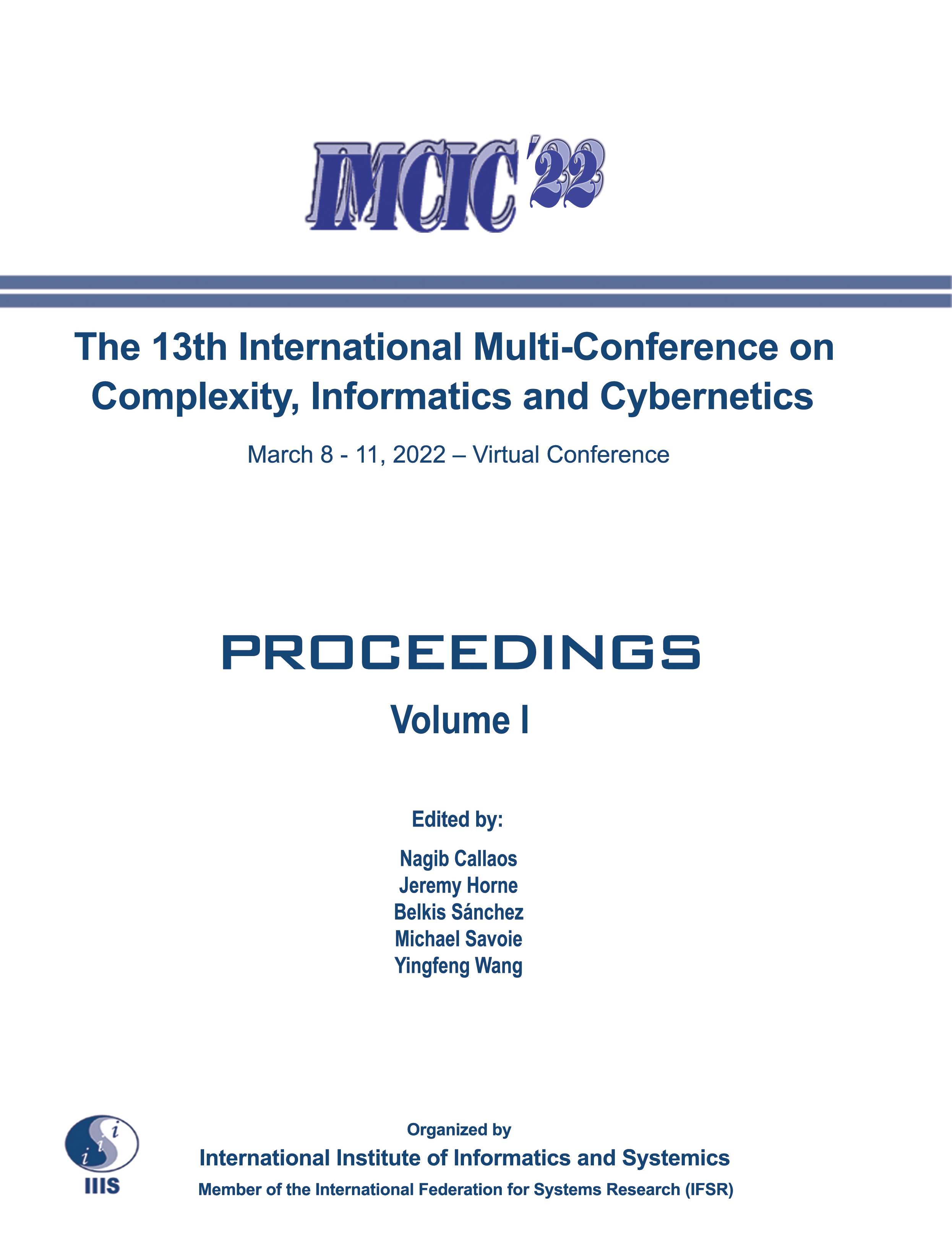2022 Spring Conferences Proceedings

|
From Trans-Disciplinary Research to Trans-Domain Approaches
Jean-Luc Patry
Proceedings of the 13th International Multi-Conference on Complexity, Informatics and Cybernetics: IMCIC 2022, Vol. I, pp. 153-159 (2022); https://doi.org/10.54808/IMCIC2022.01.153
|
The 13th International Multi-Conference on Complexity, Informatics and Cybernetics: IMCIC 2022
Virtual Conference March 8 - 11, 2022 Proceedings of IMCIC 2022 ISSN: 2771-5914 (Print) ISBN (Volume I): 978-1-950492-60-2 (Print) |
|
Abstract
The concept of transdisciplinarity entails at least two problems: (1) It refers to the historically grown organization of science and hence is not suitable for epistemological concerns. (2) In most discussions of trans-disciplinarity, there is no clear distinction between its definition and its theory. To mend these two prob-lems, it is proposed, first, to broaden the concept and speak of a Trans-Domain Approach (TDA). Domains are fairly homogene-ous sets of statements that are clearly distinct from other such sets. Second, a definition of TDA is proposed: In TDA, some-thing extra is found that connects different domains, producing a new concept that combines and supplements (but does not re-place) the domain-specific theories. This definition permits to be-come more precise in explicating the relationship between the domains. TDA consists in a general theory (GT) that connects, integrates and transcends a set of domain specific theories (DTs), but does not replace them. This concept is applied to the Is-Ought problem. It is shown that Is and Ought are separate domains. An action-theoretical model is proposed to address the problem that for actions, both Is and Ought must be taken into account and related with each other. Conclusions for TDA are discussed.
|
||




